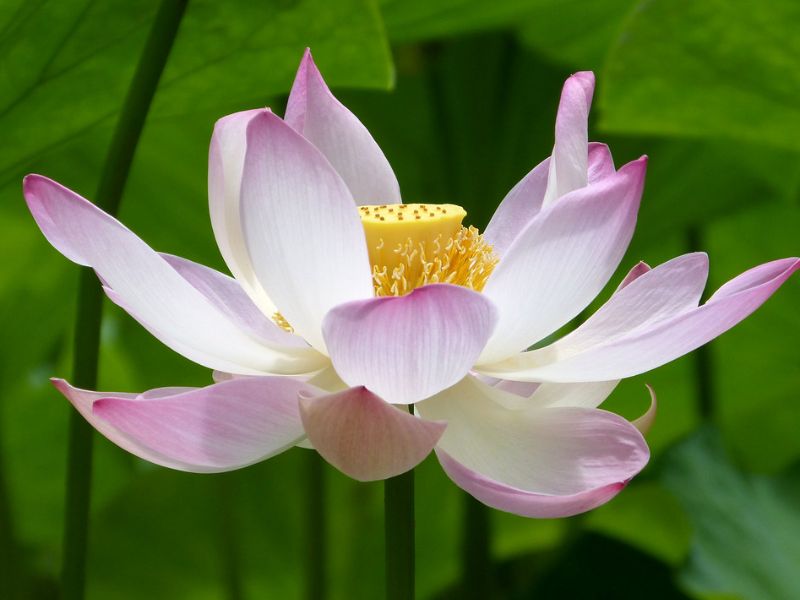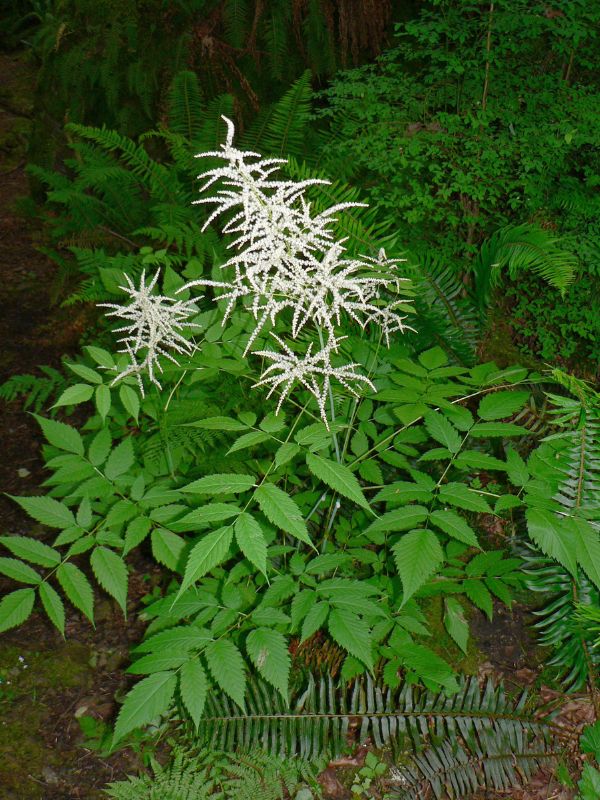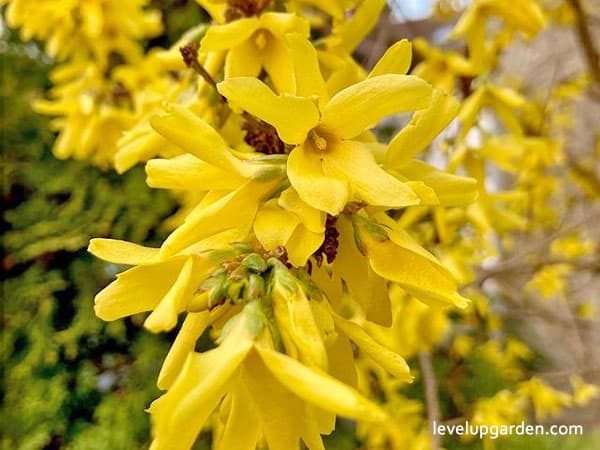Dwarf Cavendish is a widely grown and commercially important variety of the Cavendish species. The name “Dwarf Cavendish” refers to the height of the pseudo roots, not the fruit. Young plants have red or purple spots on the leaves, which disappear quickly as they mature. It is one of the most commonly planted varieties of Banana. Unlike other fruit trees, it can survive in most cold hardiness zones.

The Dwarf Cavendish Banana is a true Banana tree grown to produce a large crop of full-sized fruit. When grown properly, they can produce large bunches of Bananas, allowing you to enjoy properly ripened Bananas rather than the artificially ripened Bananas sold in stores. If you live in a warmer climate, dwarf Cavendish Bananas are an attractive plant that you can easily grow in your garden, enjoy their tropical beauty, and harvest your own fruit.
Today, it is grown all over the world, as long as it is in a sunny and humid location. This variety, called Dwarf Cavendish, does not grow very tall, only about 3 meters tall. It is not likely to get that tall in indoor growing, but it is still a very large plant. Because of its large leaves, it is recommended for homes with a large space.
Allow the soil to dry out a bit between waterings, but mist it regularly as its huge leaves need a lot of moisture. In spring and summer, a liquid fertilizer can be applied once a month to aid in healthy growth.
I. Plant Profile – An Overview of the Dwarf Cavendish Banana
| Common names | Banana, Commercial Banana, Cavendish Banana, Banana Plant, Dessert Banana, Edible Banana, Musa Paradisiaca, Plantain |
| Botanical Name | Musa acuminata |
| Plant Type | Fruit, Perennials |
| Plant Family | Musa – Bananas |
| Mature Height | 8-10 ft. |
| Mature Width | 6-8 ft. |
| Growth Rate | Fast |
| Exposure | Full Sun |
| Water Needs | Average |
| Maintenance | Average |
| Soil Type | Chalk, Clay, Loam, Sand |
| Soil pH | Acid, Alkaline, Neutral |
| Soil Drainage | Moist but Well-Drained, Well-Drained |
II. Appearance
The Dwarf Cavendish Banana is a large, fast-growing, water-absorbing evergreen perennial. It has large, paddle-shaped leaves that grows up to between 180 to 300 cm long. The two to three year-old mature plants produce seasonal flowers with ears of creamy to yellow flowers decorated with showy bracts. Later, edible yellow Bananas are born.
The leaf sheaths overlap to form temporary roots that resemble trunks. However, each pseudo root has a limited lifespan. They live only until flowering and fruiting.
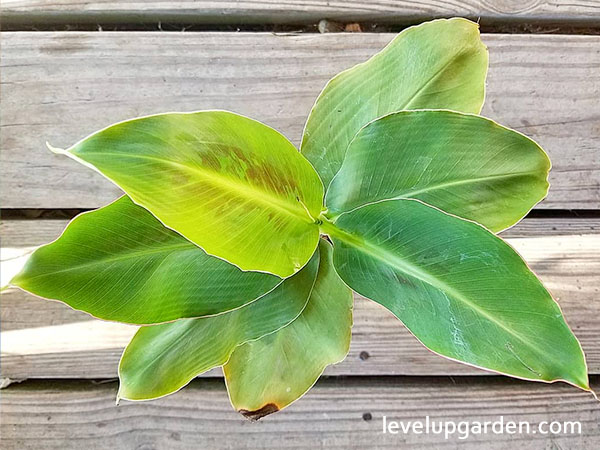
After flowering and fruiting, the pseudo roots die, but new shoots (Banana pups) are extruded from the roots to form new pseudo roots. Musa acuminata is one of the plants that often produces the fruits we see in the supermarket. The award-winning ‘Dwarf Cavendish’ can be grown as a summer houseplant or in containers.
Dwarf Cavendish has broad leaves with short petioles. The short petioles make it stable, wind resistant, and easy to manage. It also grows quickly, making it suitable for plantation cultivation. It is also characterized by the fact that male bracts and flowers do not fall off.
The fruits are about 15 to 25 cm long with thin skins. A plant can produce up to 90 fingers. Dwarf Cavendish gets its name because of its short stems. The young leaves are purple or red in color, but as they mature they turn green and produce large flowers.
The Bananas that grow from the flowers are the same size as regular Cavendish Bananas and are 6 to 10 inches long. The skin is initially green, turning yellow as the Banana ripens, and the inner flesh is white.
III. Growing and Care Conditions
Bananas are not actually trees, but rather giant grasses, with the base of the leaves coiling into a trunk. Dwarf Cavendish Bananas grow 5 to 9 feet tall, and they quickly grow in clumps as they produce a cotyledon at the base. The large leaves are over 2 feet long and appear to grow from the top of the stem.
Planting
Cavendish Bananas should be placed in a sunny location facing south or west, getting as much afternoon sun as possible. If growing indoors, place it near a large window in the same sunny location. Outdoor planting should be done during the summer months to avoid frost damage.
When ready to plant, dig a hole large enough to hold the Cavendish root system,then, place the plant. After that, gently backfill with soil, and tread down to prevent air pockets from forming. If planting in a container, choose a pot twice the size of the shipping container and make sure it has drainage holes. Use organic soil, and once the tree is in the pot, move it to a sunny window.
Light
Ideally, Dwarf Cavendish Trees should be placed in direct sunlight, such as in a sunny window room or in the backyard. Banana Trees can grow in partial sun, but this may slow down the growth of even the most easy-to-grow plants.
Watering
Water two to three times a week, more frequently if it is dry. If you are not sure when to water, check 2 to 3 inches below the surrounding soil. If the soil is dry, it is time to water.
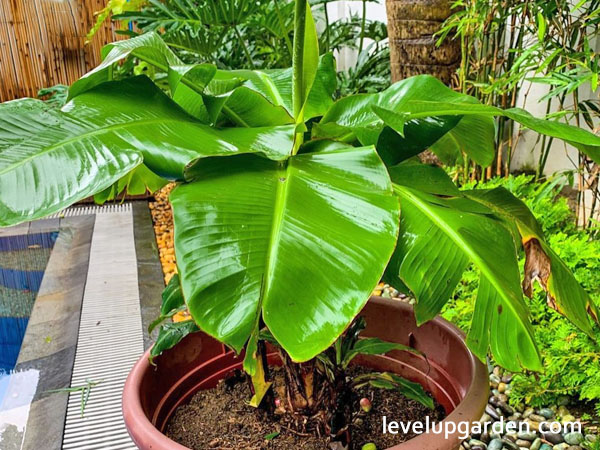
Fertilizer
Bananas are fast growing and love to eat. Feed your Dwarf Cavendish Banana Tree with a slow-release fertilizer twice a year. Feed it more often if potted as it does not get enough nutrients with the soil in the pot.
Use compost, well composted manure, or other organic fertilizers. Mulching Banana leaves and cuttings will help add potassium back into the soil.
Soil Conditions
Dwarf Cavendish Bananas prefer well-drained loamy soils with a slight mixture of sand, silt, and clay. It also prefers acidic soils with a pH of 5.5 to 6.5.
Temperature
There is no upper limit to temperature in the home. However, heat pockets, such as near windows or between curtains, should be avoided, as temperatures often rise too quickly for the plant to adapt.
As for the minimum temperature, it depends on the variety being grown. Some Bananas can tolerate temperatures down to freezing, but Dwarf Cavendish will begin to suffer damage if placed at temperatures below 10°C (50°F).
Humidity
Although the leaves look tough, they are actually very delicate and can easily tear if conditions are not right. Low humidity can easily damage the leaves, so it is a good idea to add humectant to the drip tray and mist the drip tray regularly.
Pruning
The purpose of pruning is to remove leaves that prevent sunlight from reaching the flowers and fruits. Because Dwarf Cavendish has large leaves, it is easily shaded. You can also focus pruning on areas where you see damage or disease. When Dwarf Cavendish Bananas are done fruiting, it is common to cut the stems down to just below ground level.
Pests and Diseases
Pest problems on Dwarf Cavendish Banana Trees can be quite extensive, so signs of infestation should be noticed as soon as possible and appropriate treatment applied. Aphids, nematodes, weevils, and several other insects can parasitize Dwarf Bananas and cause leaf deterioration.
Several diseases, including wilt and rot, can also cause problems on Dwarf Cavendish Banana Trees. In addition, the plant can suffer from fungal infections and may show symptoms of chlorosis.
Pollination
The Dwarf Cavendish Banana Tree is a wonderful addition to any tropical-style garden. This plant grows to a modest size of less than 10 feet, but the leaves are surprisingly large, growing several feet on their own. This variety is called Musa acuminata ‘Dwarf Cavendish’ and is known for its ornamental characteristics and most famous feature, its delicious Bananas.
In addition, Dwarf Cavendish has broad leaves with short petioles. The short leaves make it stable, wind resistant, and easy to manage. It also grows quickly, making it suitable for plantation cultivation. It is also characterized by the fact that the male flower bracts and flowers do not fall off.
Dwarf Cavendish is a fast grower, reaching only 8 to 10 feet tall as a mature tree. It is a beautiful tropical plant that grows well in containers. The long leaves add great texture and beauty to your landscape. Plant this tropical fruit tree around your pool or patio for a great look. It is a great way to add a tropical touch to your backyard.
IV. Use
The Dwarf Cavendish Banana Tree is a wonderful addition to any tropical-style garden. This plant grows to a modest size of less than 10 feet, but the leaves are surprisingly large, and can grow up to several feet on their own. This variety is called Musa acuminata ‘Dwarf Cavendish’ and is known for its ornamental characteristics and most famous feature, its delicious Bananas.
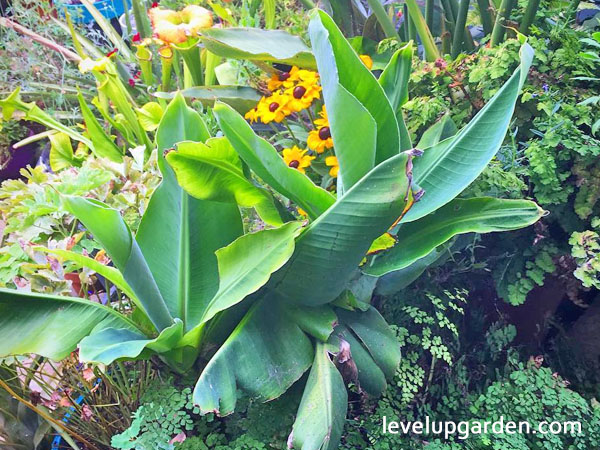
Dwarf Cavendish has broad leaves with short petioles. The short petiole makes it stable, wind resistant, and easy to manage. It also grows quickly, making it suitable for plantation cultivation. Another feature is that the male flower bracts and flowers do not fall off. The fruits are about 15 to 25 cm long with thin skins. One plant can produce up to 90 fingers.
Dwarf Cavendish is a fast grower, reaching only 8 to 10 feet tall as a mature tree. It is a beautiful tropical plant that grows well in containers. The long leaves add great texture and beauty to your landscape. Plant this tropical fruit tree around your pool or patio for a great look. It will add a tropical touch to your backyard.
V. Why should you buy this plant
Super fruit, from your home. That is what you get from the Dwarf Cavendish Banana tree. Bananas are a super healthy fruit that contains fiber, potassium, calcium, and iron. Plus, it has a tropical look that suits the tree.
Dwarf Cavendish Bananas grow easily in growing zones 8 to 11. In warmer climates, it will grow vigorously in the ground, but our Cavendish’s unique dwarf size allows it to grow well in container plantings. And because they are 8 to 10 feet tall, they can be easily transported from the patio to the kitchen or sunroom.
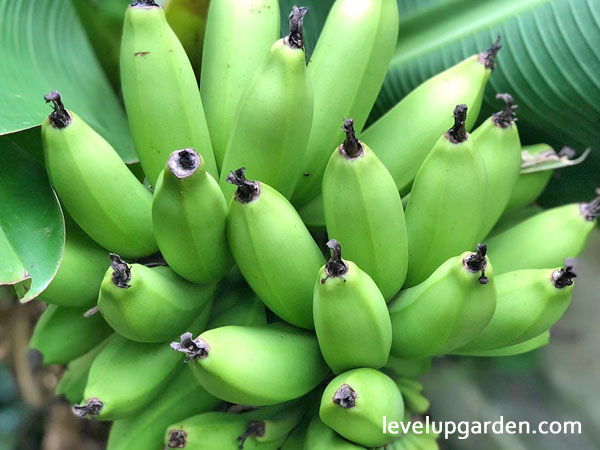
Dwarf Cavendish will add a tropical touch to any space. Cavendish leaves can grow up to 3 meters long and are very lush, providing shade and privacy. The young leaves have a reddish tinge, but the majority are fresh green, which, combined with the large flowers that fall before the Bananas are ripened, provides visual interest.
Have you ever wanted to grow your own Bananas? With the Dwarf Cavendish Banana Tree, that can become a reality. This fruit tree is recommended in USDA growing zones 8 through 11, but can be grown as a patio plant in cooler climates. In winter, simply move the plant to a sunny location.
Cold-tolerant Dwarf Cavendish Banana trees will give you plenty of tropical fruit anywhere in the country. When temperatures drop, bring the potted Cavendish indoors and place it near a sunny window.
However, when temperatures drop, bring your potted Cavendish indoors and place it near a sunny window. No matter what the climate, you will have a piece of the tropics on your hands. What’s more, the maximum height of a mature tree is 3 meters, making it versatile and proven to produce 90 Bananas per year.
It is easy to grow. In addition to its easy-to-handle size and adaptability to any environment, Dwarf Cavendish is resistant to pests and diseases. This means you can get fresh fruit easily and in large quantities at home. Best of all, Cavendish trees are planted and carefully nurtured in our nursery months in advance, resulting in a healthy root system and more developed branching.
Bananas are healthy and tasty, but this plant is more than just tasty; it’s also a great source of nutrients. The Dwarf Cavendish Banana has beautiful green foliage that can grow up to three meters in length, giving an exotic and tropical look to your landscape or patio. This dwarf Banana tree is compact and looks great planted in containers.
VI. FAQs
How tall will a Dwarf Cavendish Banana tree grow?
Dwarf Cavendish Banana trees grow quickly, but are only 8 to 10 feet tall when mature. It is a beautiful tropical plant that grows well in containers. The long leaves add great texture and beauty to your landscape. Plant this tropical fruit tree around your pool or patio for a great look.
How much sun does a Dwarf Cavendish Banana tree need?
Give your Dwarf Cavendish Banana as much sunlight as possible, ideally at least 8-10 hours of direct sunlight daily. If you have shorter plants or want only foliage without fruit, then shade is fine.
How soon will dwarf Bananas produce fruit?
Dwarf Cavendish Banana trees can produce fruit in two years if grown under the right conditions.
Do I need two Banana trees to bear fruit?
Banana trees are self-fruiting and will produce fruit from the ovary of the female without male pollen or other trees to help pollinate.
How fast does a Dwarf Cavendish Banana tree grow?
Dwarf Cavendish is in the top class, taking only 9-15 months to produce fruit.
